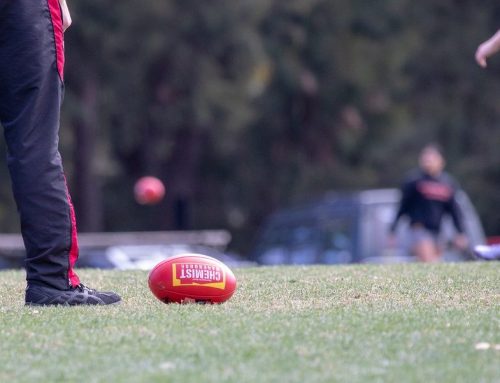Recently a 68 year old women presented to the clinic with a dull ache deep within her right shoulder which was referring to the top of the shoulder blade and also down the outside of the arm. The pain originated over the weekend while she was carrying watering cans which were about 10kg in weight.
Initially she only felt a few mild twinges, but as time went on, the pain progressively became worse and more constant. After a few days the pain was starting to aggravate in her sleep and she found she was waking from the pain. Currently she works predominantly from her desk during the week and although doing manual work over the weekends is not uncommon, her posture could be improved.
When we assessed her it was found that her right shoulder was depressed (lower than her left), she had an forward head carriage which increases the workload of the neck muscles and there were changes in both her shoulders (rounded shoulders). Her pain was able to be re-created when retracting her shoulder blades, lifting her arms above 90 degrees and when rotating the shoulder away from the body. Her movements were limited in shoulder flexion and external rotation.
After the examination it was determined that the women had an impingement of the supraspinatus muscle as it travelled through the subacromial space, which is a small gap underneath a bony process of the shoulder blade. The likely cause of this was originally due to the poor positioning of the shoulders which caused a narrowing of the subacromial space which then produced an inflammatory response and irritation of the supraspinatus tendon. This was then exacerbated when she would repeatedly load the shoulder with for example the 10kg watering cans over the weekend.
Up to this point in time the client has received four separate treatments at weekly intervals. Specific soft tissue release has been applied through both the front and back of the shoulder. Dry needling was used through the rotator cuff, including the supraspinatus and had great results with decreasing her pain and increasing her range of motion. The client has also been given specific corrective exercises to improve her postural imbalances and to treat the initial cause of the problem. At the last point of contact, the patient is back to pain free daily activities, sleeping comfortably throughout the night and has pain free range of motion. She continues to work on her posture and the prescriptive exercises given.
If you have any further questions as to how we can help your shoulder complaints please don’t hesitate to contact us at Elite Myotherapy.
Luke Klein-Breteler – Elite Myotherapist







